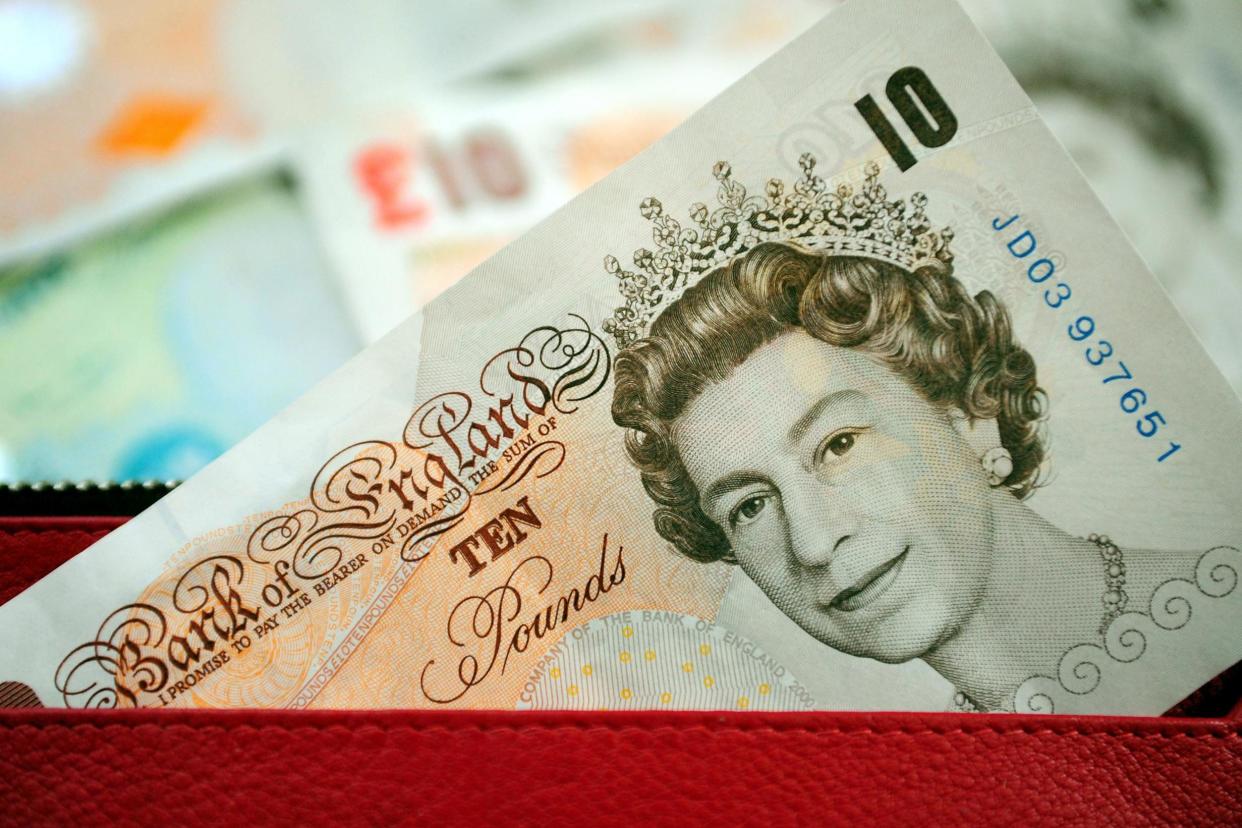When do the old £10 notes go out of circulation? What happens after the deadline?

British shoppers have just one week left to spend their old paper £10 notes.
From Thursday March 1, the notes will no longer be accepted in shops, restaurants and other retailers.
The new tenner, launched in September last year, is the first Bank of England note with a tactile feature to help blind and partially-sighted users.
The tactile feature is a series of raised dots in the top left-hand corner of the banknote, developed with the help of the Royal National Institute of the Blind.
Like the £5 note already in circulation, featuring Sir Winston Churchill, the new £10 - featuring Pride And Prejudice author Jane Austen - is made from polymer.
Anyone left holding the outdated notes after the spending deadline will have to take them to a bank, building society, post office or Bank of England office to swap them.
Individuals will need to be customers at a given bank in order for them to make the switch.
They may also be required to present ID, such as a driving licence or a passport.
The Bank of England said the new notes are more environmentally friendly and hard to counterfeit. But a backlash erupted last year when the bank revealed the new £5 and £10 notes contained small amounts of tallow, a substance derived from animal fat.
The website reads: "Polymer banknotes are more resistant to dirt and moisture, so they stay cleaner for longer than paper banknotes.
"The polymer material [also] allows us to include enhanced security features, which make polymer banknotes harder to counterfeit."
The new note features a portrait of Jane Austen. Winchester Cathedral, where the author is buried, also features on the new note. It is shown in gold foil on the front and silver on the back.
Bank of England governor Mark Carney said of the release: "The new £10 note celebrates Jane Austen's work.
"Austen's novels have a universal appeal and speak as powerfully today as they did when they were first published.
"The new £10 will be printed on polymer, making it safer, stronger and cleaner.
"The note will also include a new tactile feature on the £10 to help the visually impaired, ensuring the nation's money is as inclusive as possible."
Last year marked 200 years since Austen's death.
The Bank plans to release a new £20 note by 2021, featuring British painter JMW Turner.

 Yahoo News
Yahoo News 
